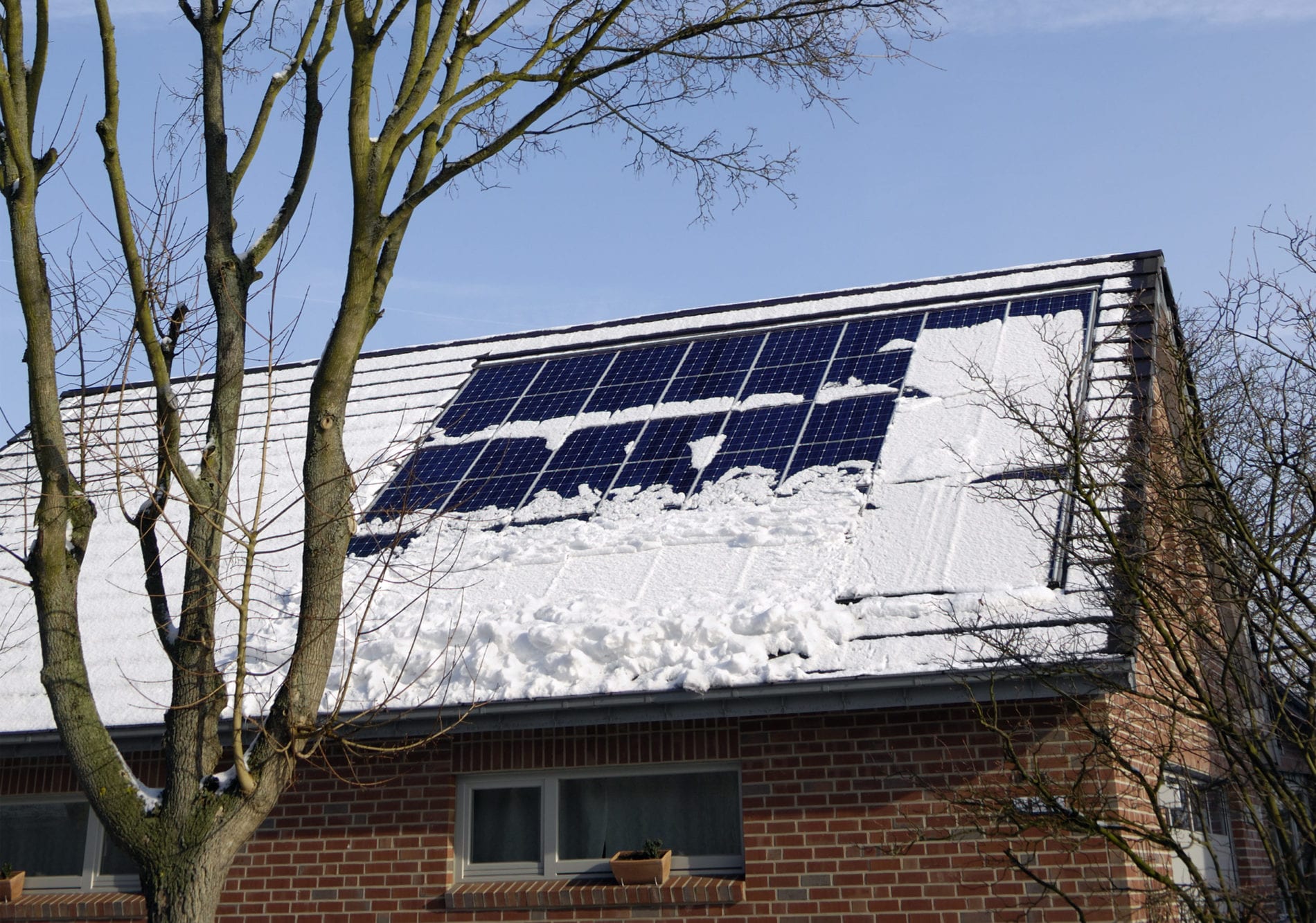
he 2019 polar vortex has passed, leaving behind many harrowing stories in its wake. The new Cold Climates Addendum of Rocky Mountain Institute’s Economics of Zero Energy Homes report illuminates how our homes can be better prepared for weather extremes cost-effectively, even in some of the coldest climates in the United States.
The average US home leaks so much cold air that at roughly 20 mile-per-hour winds, all of the air inside a home will be replaced every 6 to 10 minutes. This can lead to dangerous indoor conditions when outside air is coming in at -20 to -30 degrees Fahrenheit. Some cities still utilize older energy codes that don’t require significantly better performance (or have no energy codes at all), meaning that many homes built today will continue to be challenged by extreme weather events like the polar vortex over their lifetime.
The good news is that our recent research shows that highly efficient homes capable of surviving extreme weather conditions can be built cost-effectively for only a small amount more than standard construction, even in cold climates.
The first step in having a home that can deal with extreme temperature is to eliminate drafts and improve insulation. These measures are especially cost-effective for new homes. Lloyd Alter’s article “Lessons from the Polar Vortex” provides some examples of the benefits just from an improved envelope to provide extreme weather resilience.
Homes can be made even more resilient with a solar photovoltaic (PV) system, which, with the right equipment, can provide enough power to meet emergency electrical needs through extreme weather events even when electric grid power is temporarily lost. The more energy efficient the home is, the smaller the PV system required to keep it operating. Finally, for a truly resilient home, battery systems can be used to store solar power and keep those systems working even when the sun stops shining. MORE



 Canada has become a member of a key intergovernmental agency that promotes the adoption of solar, wind, geothermal and other forms of renewable energy.
Canada has become a member of a key intergovernmental agency that promotes the adoption of solar, wind, geothermal and other forms of renewable energy.